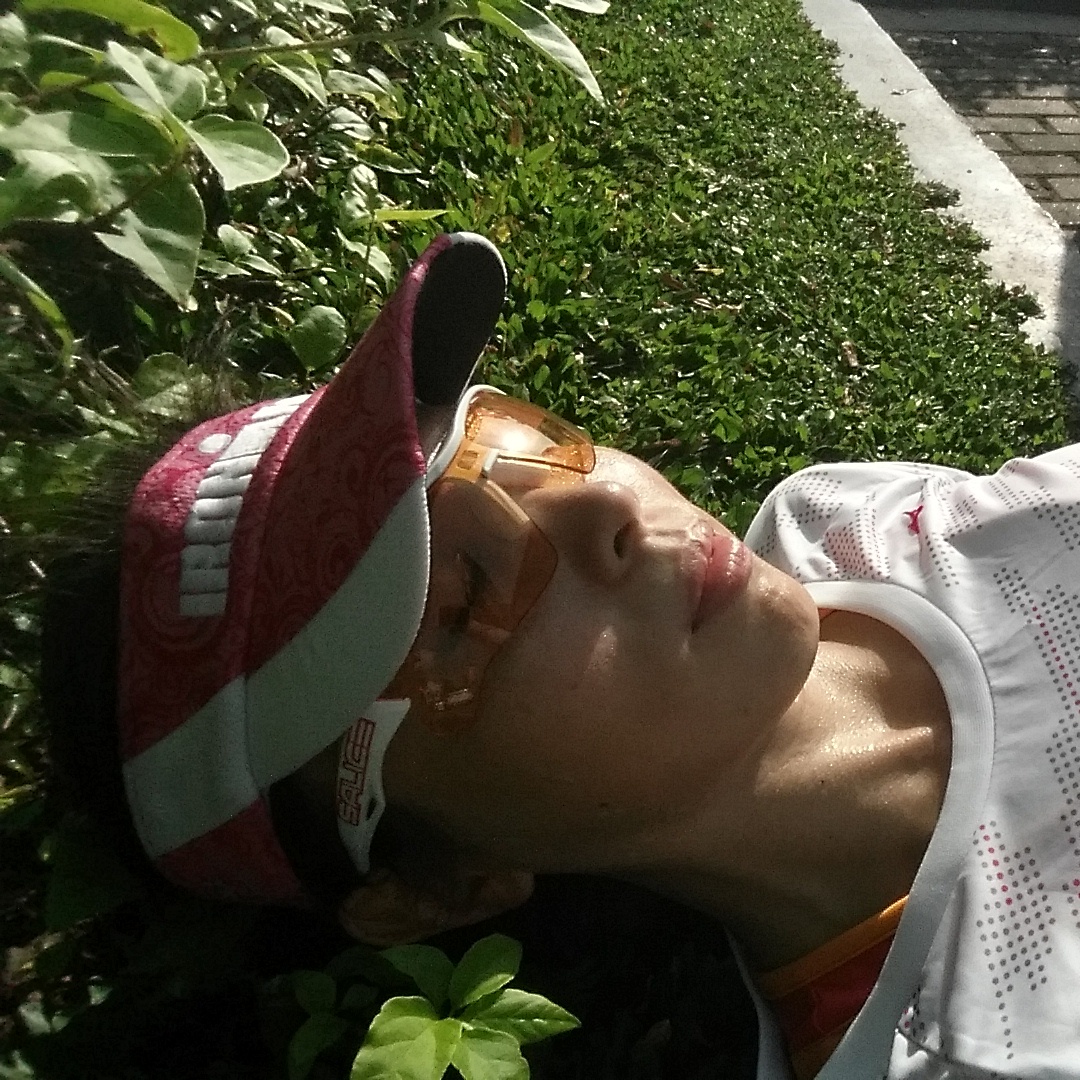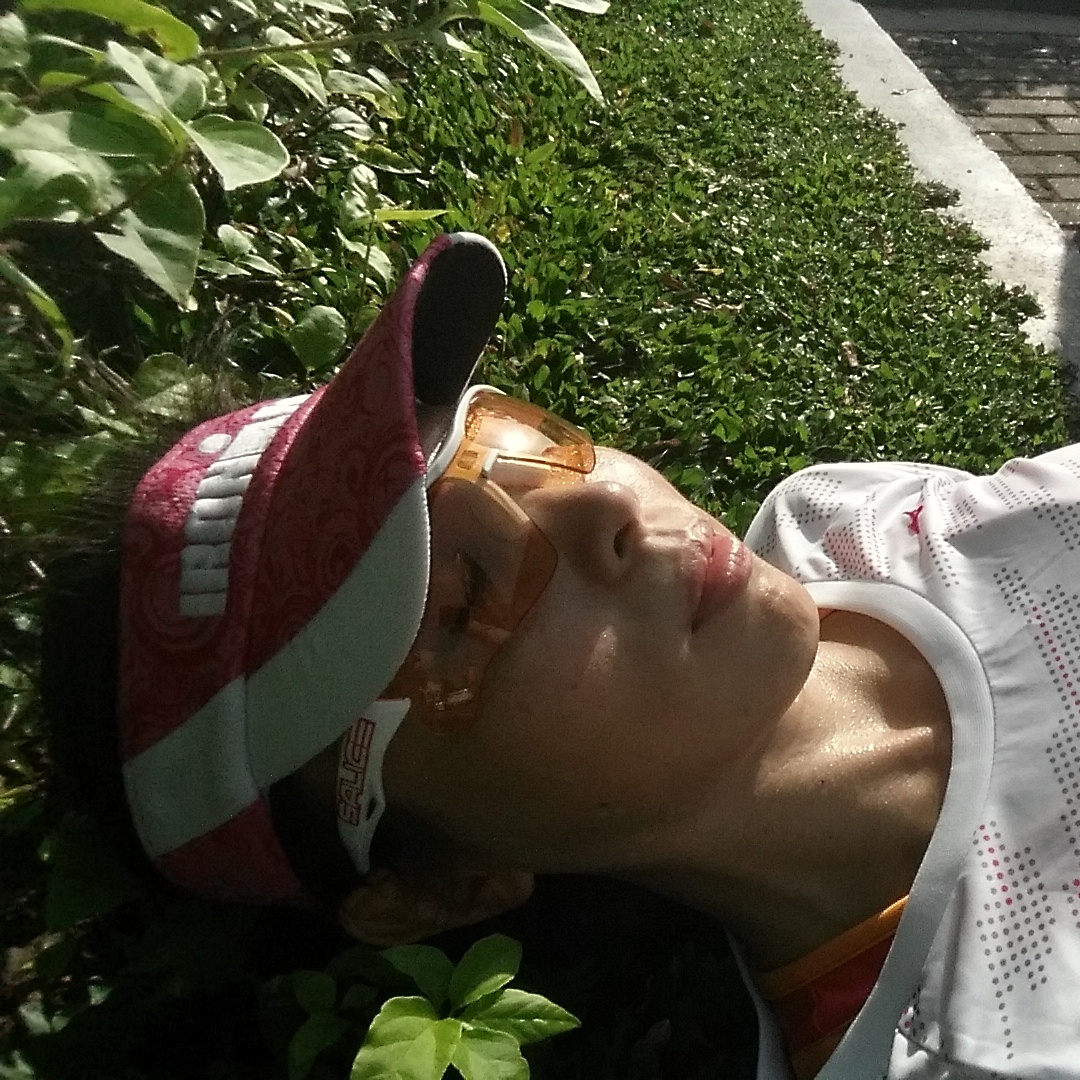I say it time and again: “Listen to your body.” But most people take this to mean recovery — feeling when you need to take a break. But have you ever tried listening to your body during training, and getting to know how it normally runs, its rhythms and patterns? It’s “running on feel”, and due to our millennial obsession with gadgets it’s something we don’t do often enough.
Gadgets like the GPS watch and heart rate monitor are a godsend when it comes to quantifying our performance according to training targets, and they can help push and motivate us further and faster. They are tools and we employ those tools to help us improve, depending on what we are working on.
I know that using these gadgets also has its drawbacks. We can get so locked into what our expected paces and efforts should be that we miss out on really pushing our limits and producing breakthrough performances. Anecdotally, some of my triathlete friends set their personal bests when their watches were kicked off their quick releases during the swim. I’ve set my 10K PR’s by trying to hang onto the lead pack for as long as I could. There’s an element of heart and fighting spirit on race day that gadgets can’t quite account for.
Ever since my ironman, I’ve been feeling a disconnect between my perceived exertion and my actual exertion (as seen from my heart rate during workouts). I had a tough month after July with Cebu 70.3 and then the training camp at T***. It’s a mark of poor recovery when the heart rate doesn’t respond as normal — either rising too slowly or rising uncontrollably at the slightest provocation.
I’ve allowed my body to rest, determined that when it’s time to start training again, I would take it easy on my body and let it tell me when to take the intensity up.
So this morning on my long run I decided to focus not on the mileage, but on how I felt while running, and just periodically check on what was happening with my heart rate.
For the most part I was on target heart rate and pace — aerobic, because it’s a long run to build endurance and cardiac function. I noticed that by habit I would inadvertently start increasing my effort to race pace, but my body would alert me to it with a slight tightening of my chest. That signaled me to look at my heart rate and realize it had crept up into the anaerobic zone. When this happened I would slow down to catch my breath, allow my heart rate to drop, and then I went on again. I decided I would stop when I felt tired or achy, and that happened somewhere around the 15-kilometer mark. That’s right around the mileage I need at this point, and I ran it at the pace I needed to run it.
This morning, how I felt was reflected in what was measured. So I know now I am back to 100% and can really earnestly take on my next training block.
I wonder if I will get to the point where I know instinctively, without looking at my watch, that I am right where I need to be in terms of pacing and effort. Looking at the elites in both distance running and triathlon, a percentage of them race without a watch, instead relying on an intimate knowledge of how their body feels and works. Maybe I can’t log enough hours of training to be running on feel entirely, or maybe I can. I don’t know yet.
But what I can tell you is that this morning’s run… that was the best I’ve felt running in a long while. Not running out of an obligation, but because my body and I agreed we wanted to.
What about you? When was the last time you felt in sync with your body while running?



